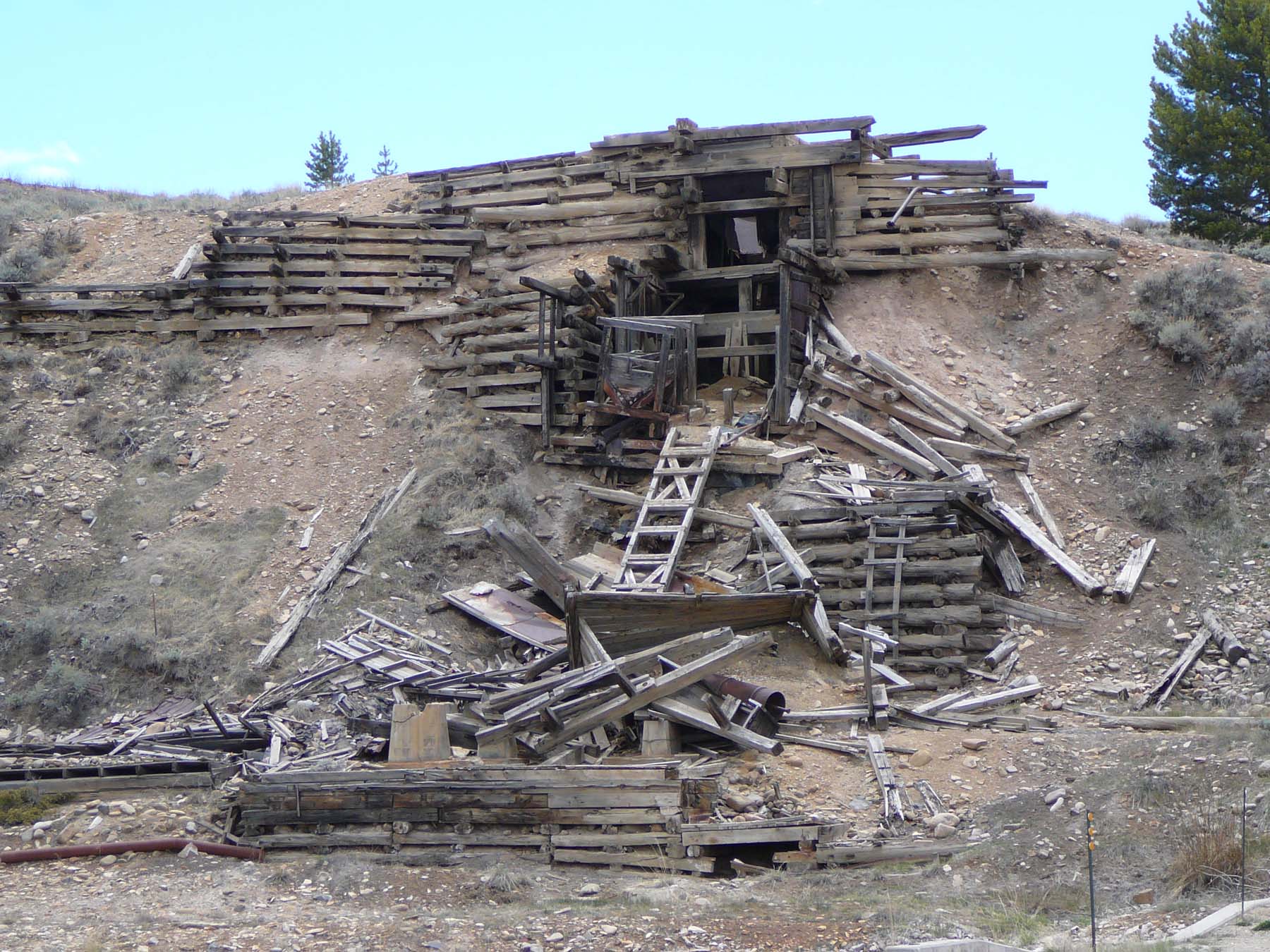
Publication date of my latest book, Baby Doe Tabor: Matchless Silver Queen, is fast approaching. As we struggle through final edits in an attempt to provide the most interesting and correct factual information possible, I am enjoying revisiting Colorado’s mining history as I have throughout the process. Just as I learned about railroads and their impact on our country’s western expansion during my work on General William Palmer: Railroad Pioneer, I have experienced a similar learning curve about mining for Baby Doe Tabor’s story.
Research has taken me to Leadville, Colorado several times. I enjoy immersing myself in its rich history and breathtaking landscape (literally, at an altitude of 10,200 feet,) while searching for my own nuggets of information and stories to preserve and share in biographies. My most recent trip took me to California Gulch, a stretch about three miles from Leadville, which was the site of the area’s earliest frantic mining activity.

Nothing much is left of Oro City in California Gulch, where Horace Tabor first arrived in 1860. The Mineral Belt Trail through the mining camp reveals only a handful of partial building remains and mine ruins as a reminder of the frantic, fleeting days when Oro was a boom town. Nearby in Leadville, rich history has been preserved and restored at every turn, to be enjoyed, shared and absorbed by those who visit. After all, the stories of the lives of their pioneers are the real boom town treasures which have endured to the present.
Save the date:
Boom Days in Leadville, August 5-7, 2011
Joyce B. Lohse, 3/25/11
LohseWorks.com